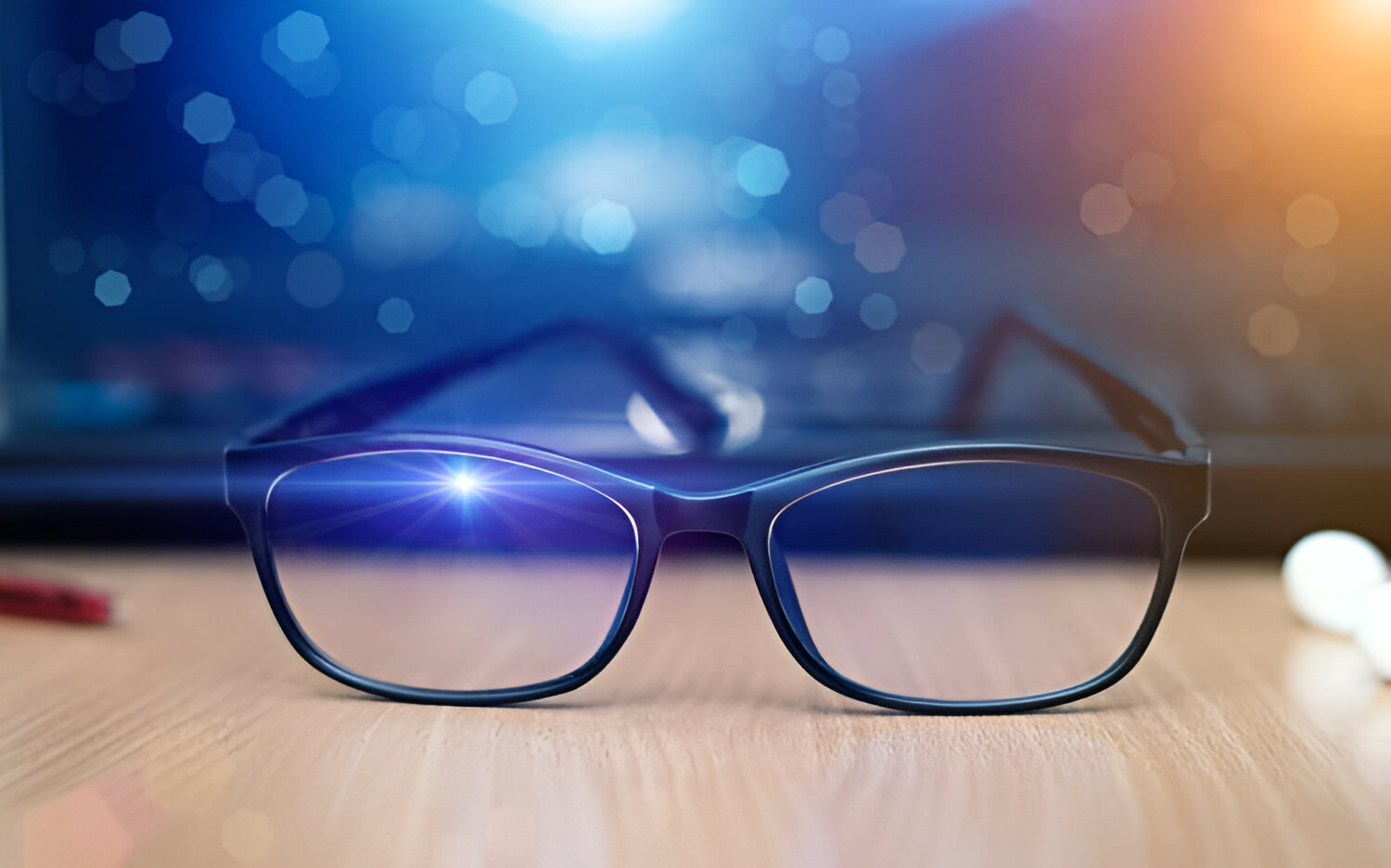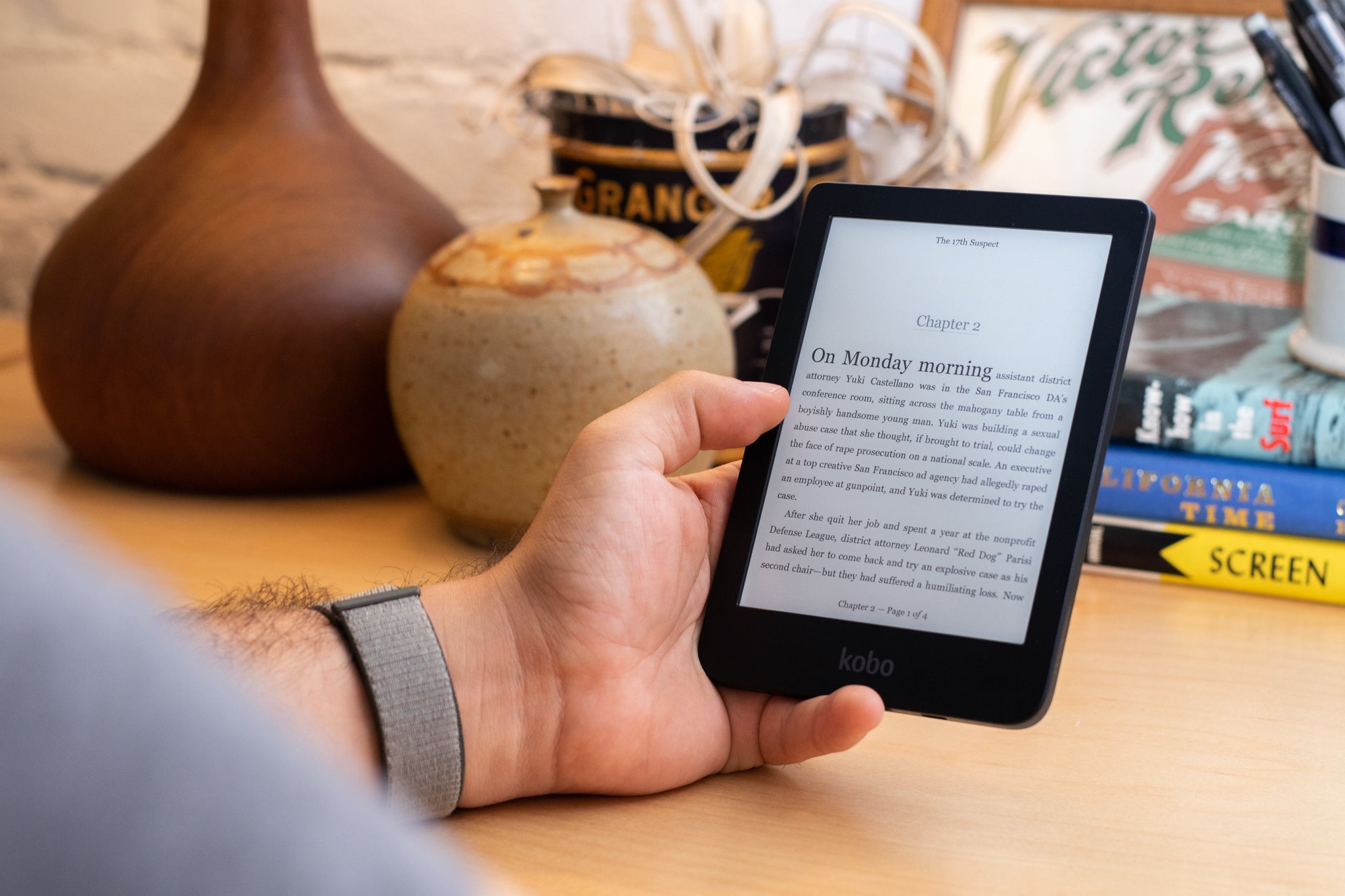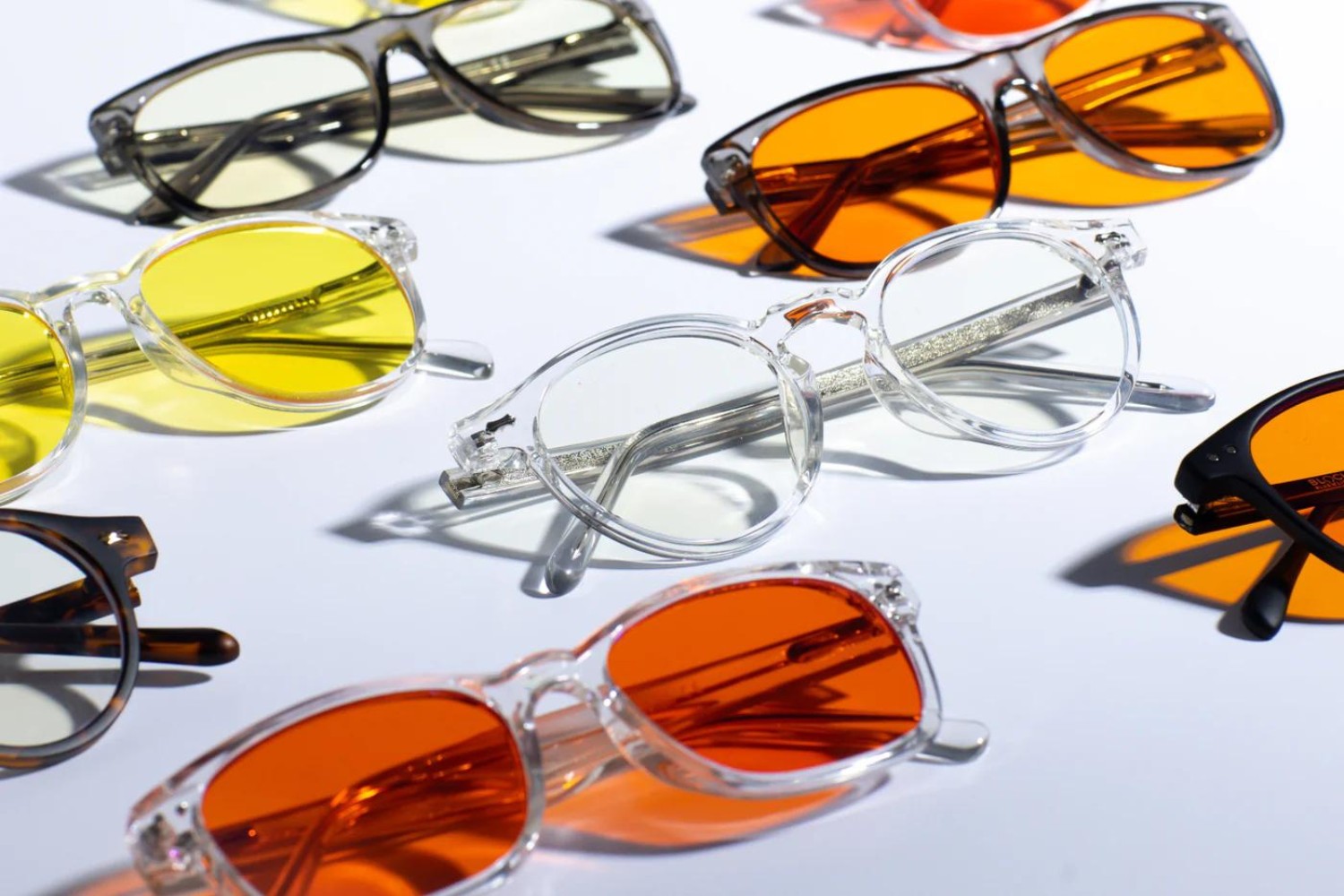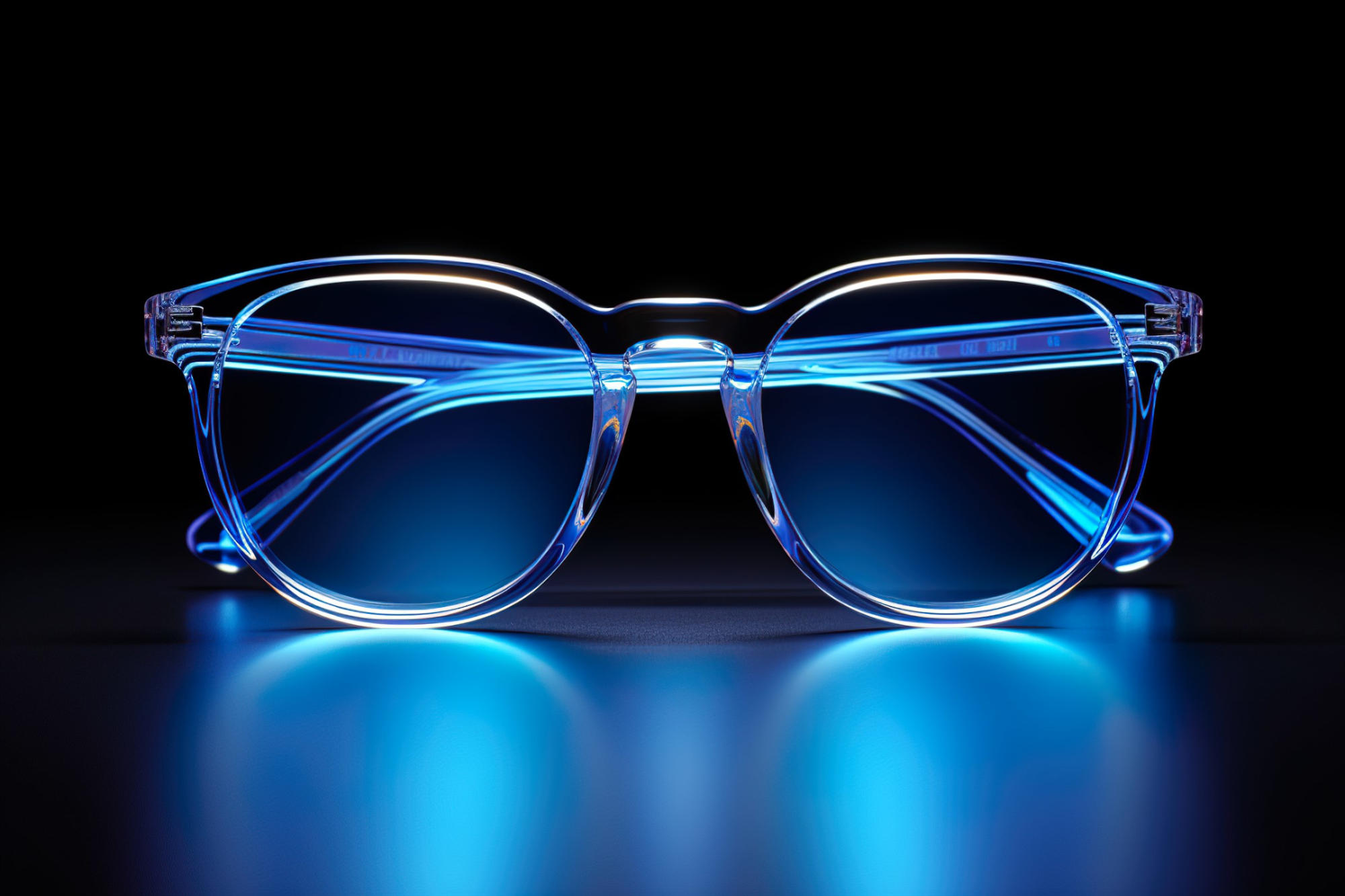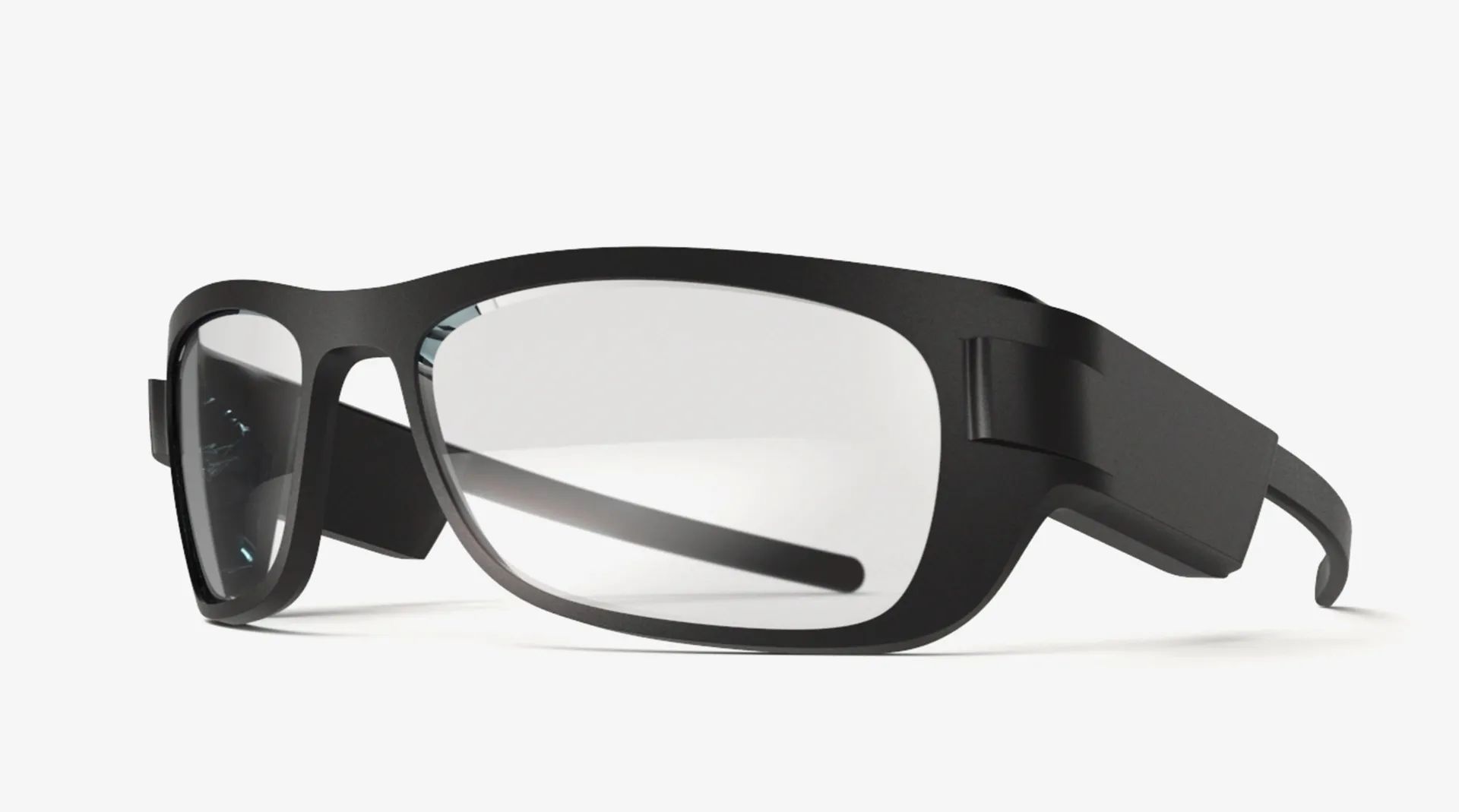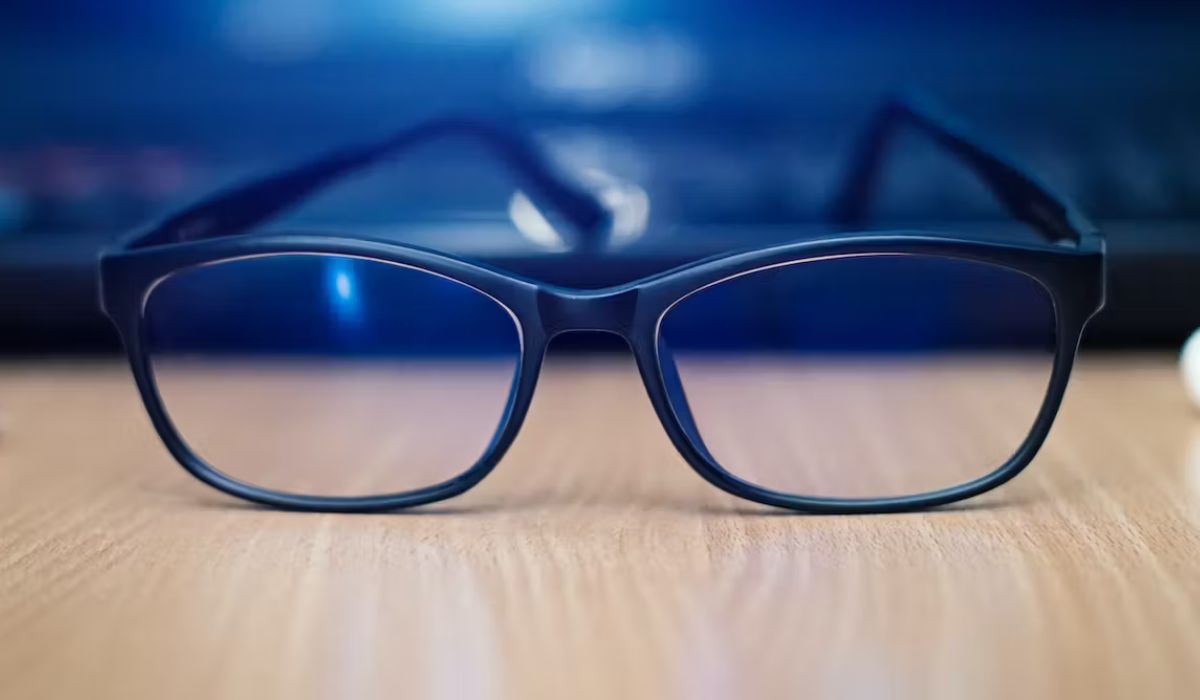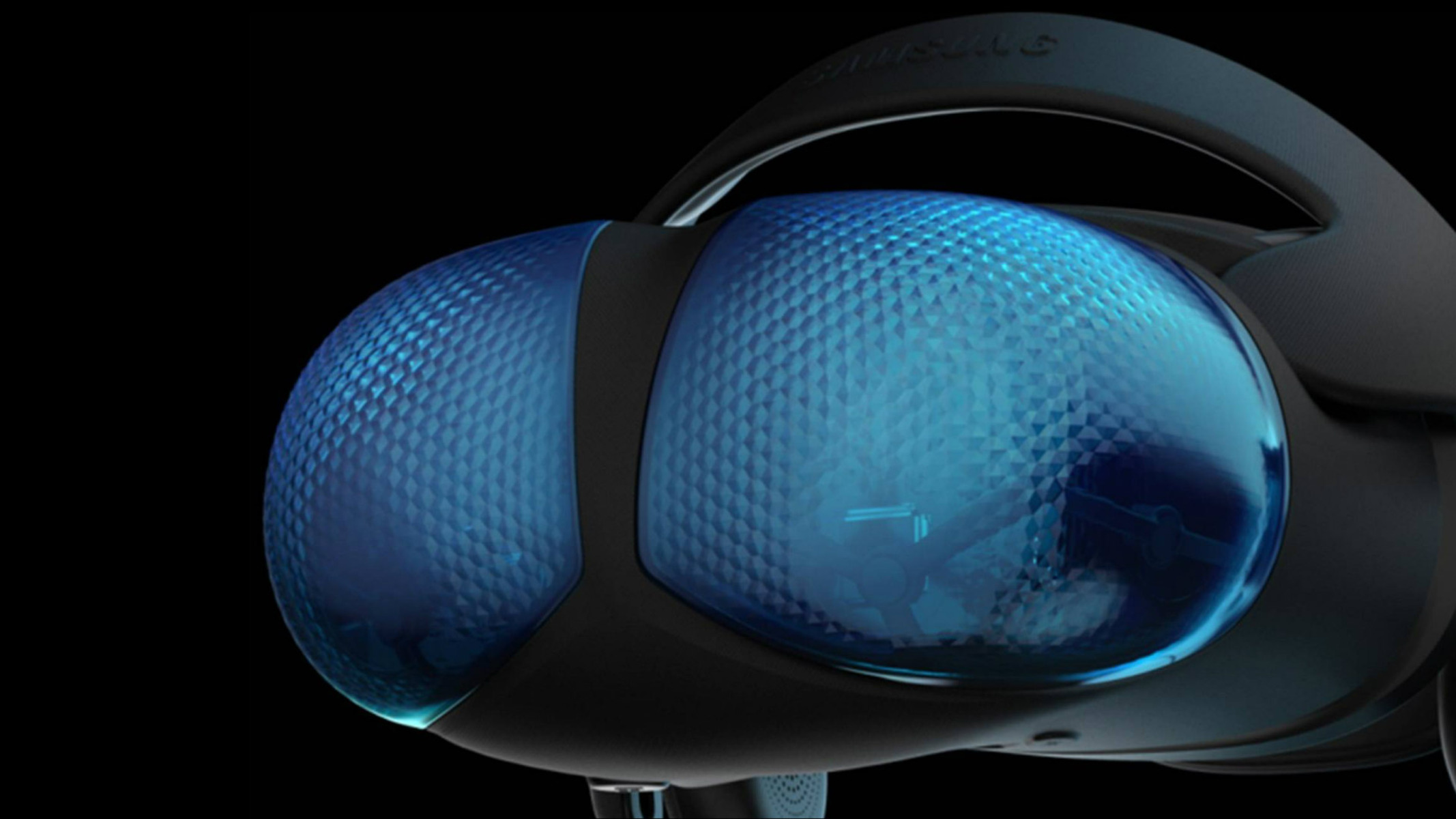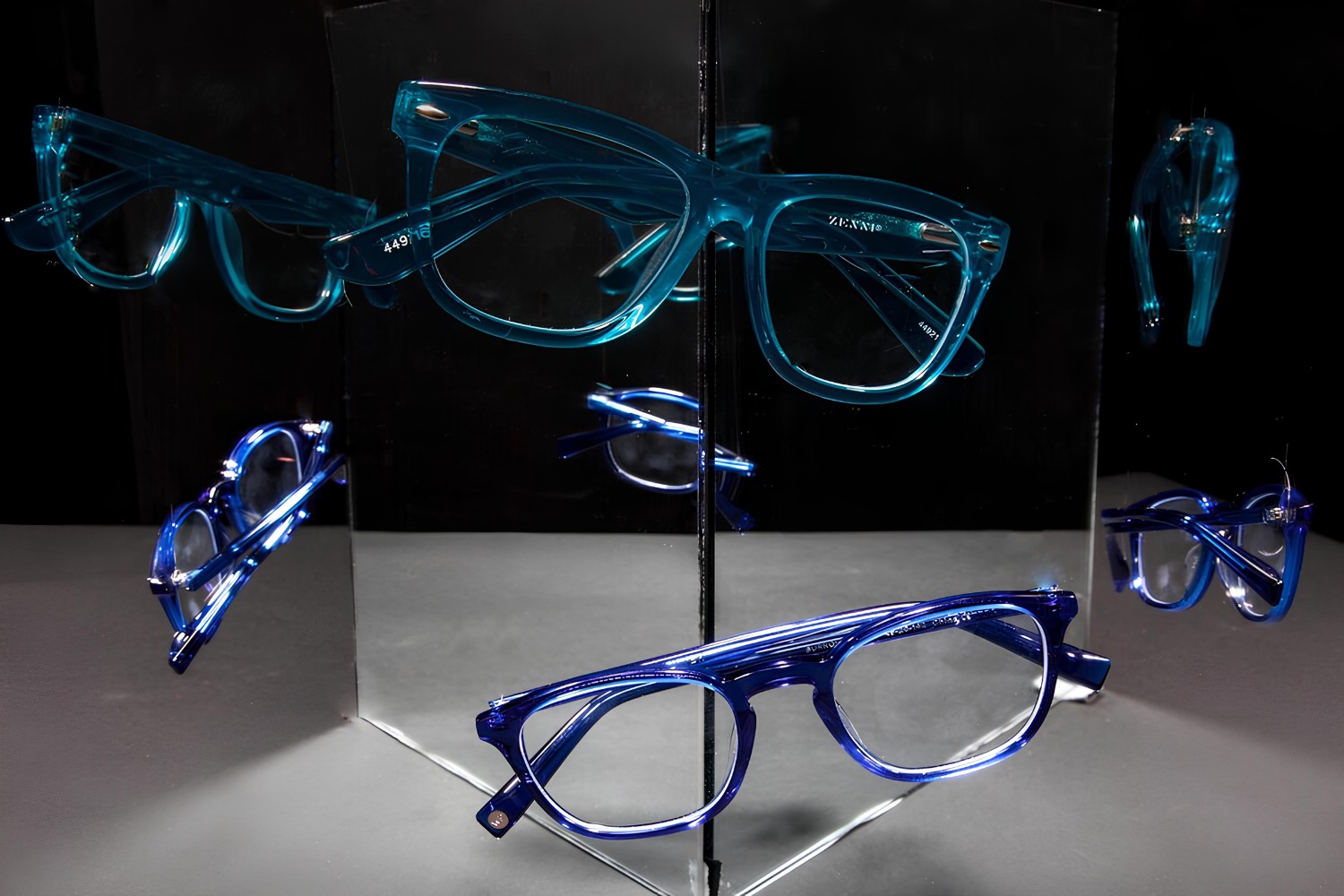Introduction
In today's digital age, our reliance on electronic devices has become ingrained into our daily routines. Whether it's working on a computer, scrolling through social media on our smartphones, or binge-watching our favorite shows on a tablet, we are constantly exposed to the glow of screens. While this technological advancement has undoubtedly revolutionized the way we live, it has also brought to light concerns about the potential negative effects of prolonged screen time.
One of the primary concerns is the exposure to blue light emitted by digital screens. Blue light, a high-energy visible (HEV) light, is a part of the visible light spectrum with the shortest wavelengths and highest energy. It is prevalent in natural sunlight and is also emitted by LED lighting, computer monitors, smartphones, and other digital devices. The pervasive nature of blue light has sparked discussions about its impact on eye health and overall well-being.
As a response to this concern, blue light lenses have emerged as a popular solution to mitigate the potential adverse effects of prolonged screen exposure. These lenses are designed to filter out a portion of the blue light emitted by digital screens, thereby reducing the strain on the eyes and potentially improving overall visual comfort. Understanding the mechanics of how blue light lenses work is essential for individuals seeking to protect their eyes in the digital age.
In this article, we will delve into the intricacies of blue light lenses, exploring how they function, their potential benefits, and considerations for choosing the right pair. By gaining insight into the mechanics of blue light lenses, readers will be equipped to make informed decisions about their eye health in an era dominated by digital technology.
What is Blue Light?
Blue light, a high-energy visible (HEV) light, is a part of the visible light spectrum with the shortest wavelengths and highest energy. It is prevalent in natural sunlight and is also emitted by LED lighting, computer monitors, smartphones, and other digital devices. The pervasive nature of blue light has sparked discussions about its impact on eye health and overall well-being.
The human eye is naturally equipped to filter out a certain amount of blue light, as it plays a crucial role in regulating the circadian rhythm and boosting attention and mood. However, the increasing reliance on digital devices has led to unprecedented levels of blue light exposure, raising concerns about potential adverse effects.
Excessive exposure to blue light, especially in the evening and nighttime, can disrupt the body's natural sleep-wake cycle. The short-wavelength, high-energy nature of blue light can suppress the production of melatonin, a hormone that regulates sleep, making it more difficult to fall asleep and negatively impacting overall sleep quality.
Moreover, prolonged exposure to blue light from digital screens can lead to digital eye strain, also known as computer vision syndrome. Symptoms of digital eye strain include dry eyes, headaches, blurred vision, and neck and shoulder pain, significantly impacting daily comfort and productivity.
While the long-term effects of blue light exposure are still being studied, there are concerns about its potential link to age-related macular degeneration (AMD), a leading cause of vision loss. The cumulative exposure to blue light over time may contribute to oxidative stress in the retina, potentially accelerating the progression of AMD.
Understanding the pervasive nature of blue light and its potential impact on eye health is essential in today's digital age. As individuals continue to integrate digital devices into their daily lives, the need to address the effects of blue light exposure becomes increasingly pertinent. This sets the stage for exploring the mechanisms behind blue light lenses and their role in mitigating the potential adverse effects of prolonged screen time.
How Blue Light Lenses Work
Blue light lenses are specifically designed to reduce the amount of blue light that reaches the eyes from digital screens and artificial lighting. These lenses incorporate special filters that target the high-energy wavelengths of blue light, aiming to alleviate the potential strain on the eyes caused by prolonged screen exposure.
The mechanics of blue light lenses center around their ability to selectively filter out a portion of the blue light spectrum while allowing other visible light to pass through. This is achieved through the integration of blue light filtering technology, which can take various forms, including coatings applied to the lens surface or the infusion of blue light filtering material into the lens material itself.
One common approach involves applying a blue light filtering coating to the surface of the lenses. This coating is engineered to reflect a portion of the incoming blue light, effectively reducing the amount that reaches the eyes. By strategically blocking specific wavelengths within the blue light spectrum, these lenses aim to strike a balance between preserving color perception and minimizing potential visual discomfort associated with blue light exposure.
Another method involves incorporating blue light filtering material, such as special dyes or pigments, into the lens material during the manufacturing process. This approach allows the lenses to absorb a portion of the incoming blue light, similar to how sunscreen absorbs and dissipates ultraviolet (UV) rays. By integrating blue light filtering properties directly into the lens material, these lenses provide consistent protection across the entire lens surface.
It's important to note that while blue light lenses can mitigate a portion of the blue light exposure, they do not completely eliminate it. Instead, they aim to strike a balance between reducing potential eye strain and maintaining visual clarity. This nuanced approach allows individuals to enjoy the benefits of digital screens while minimizing the associated discomfort.
The effectiveness of blue light lenses in reducing eye strain and improving visual comfort has garnered significant attention, especially as more people recognize the impact of prolonged screen time on their daily well-being. As the demand for blue light lenses continues to rise, understanding their mechanics empowers individuals to make informed decisions about their eye protection in the digital age.
Benefits of Blue Light Lenses
Blue light lenses offer a range of potential benefits, making them a valuable tool for individuals navigating the digital landscape. Understanding these advantages can provide insight into the practical impact of integrating blue light lenses into daily routines. Here are some key benefits of blue light lenses:
1. Reduced Eye Strain
Prolonged exposure to digital screens can lead to a range of discomforting symptoms, collectively known as digital eye strain or computer vision syndrome. Blue light lenses work to mitigate these symptoms by reducing the amount of blue light that reaches the eyes. This can result in decreased eye strain, alleviating symptoms such as dry eyes, headaches, blurred vision, and general visual discomfort.
2. Improved Sleep Quality
The potential impact of blue light on sleep quality has garnered significant attention. By filtering out a portion of the blue light emitted by digital screens, blue light lenses aim to minimize the disruption of the body's natural sleep-wake cycle. This can be particularly beneficial for individuals who use digital devices in the evening or nighttime, potentially leading to improved sleep patterns and overall restfulness.
3. Enhanced Visual Comfort
Blue light lenses contribute to enhanced visual comfort, especially during extended periods of screen use. By selectively filtering out high-energy wavelengths of blue light, these lenses aim to maintain color perception while reducing potential visual discomfort. This can result in a more comfortable viewing experience, allowing individuals to engage with digital content without experiencing undue strain on their eyes.
4. Potential Retinal Protection
While the long-term effects of blue light exposure are still being studied, concerns about its potential link to age-related macular degeneration (AMD) have prompted interest in protective measures. Blue light lenses, by reducing the amount of blue light that reaches the retina, may offer a degree of protection against the potential oxidative stress associated with prolonged blue light exposure, potentially contributing to long-term retinal health.
5. Versatility and Adaptability
Blue light lenses are available in various forms, including prescription glasses, non-prescription glasses, and clip-on attachments, offering versatility for individuals with different visual needs. This adaptability allows individuals to seamlessly integrate blue light protection into their eyewear, regardless of their specific vision requirements, enhancing accessibility and convenience.
By leveraging these benefits, individuals can proactively address the potential effects of blue light exposure, promoting eye comfort, sleep quality, and overall well-being in the digital age. As the demand for blue light lenses continues to grow, their role in supporting visual health and comfort becomes increasingly significant, underscoring the importance of understanding and embracing their potential advantages.
Do Blue Light Lenses Really Work?
The effectiveness of blue light lenses in addressing the potential adverse effects of prolonged screen time has been a topic of interest and scrutiny. As individuals seek to safeguard their eye health in the digital age, it's natural to question whether blue light lenses truly deliver on their promises. To evaluate the efficacy of these lenses, it's essential to consider both scientific insights and user experiences.
Scientific research has provided valuable insights into the impact of blue light and the potential benefits of blue light lenses. Studies have demonstrated that prolonged exposure to blue light, particularly in the evening and nighttime, can disrupt the body's natural sleep-wake cycle by suppressing the production of melatonin, a hormone crucial for regulating sleep. Additionally, concerns have been raised about the potential link between blue light exposure and age-related macular degeneration (AMD), a leading cause of vision loss. These findings underscore the significance of addressing blue light exposure, prompting the development and widespread adoption of blue light lenses as a protective measure.
User experiences also contribute to the assessment of blue light lenses' efficacy. Many individuals who have incorporated blue light lenses into their daily routines have reported noticeable improvements in eye comfort, reduced eye strain, and enhanced visual clarity during and after screen use. Users have highlighted the alleviation of symptoms such as dry eyes, headaches, and blurred vision, indicating a tangible impact on their overall visual well-being. Furthermore, anecdotal evidence suggests that the integration of blue light lenses has led to improved sleep quality for some individuals, reinforcing the potential benefits of these lenses in addressing the impact of blue light on circadian rhythms.
It's important to acknowledge that individual responses to blue light lenses may vary based on factors such as screen usage patterns, preexisting eye conditions, and overall lifestyle habits. While some users may experience pronounced benefits, others may perceive more subtle improvements in their visual comfort. Additionally, the evolving nature of scientific research underscores the ongoing exploration of blue light's effects and the potential contributions of blue light lenses to long-term eye health.
In navigating the question of whether blue light lenses really work, it's crucial to consider the multifaceted nature of their impact. Scientific evidence and user feedback collectively contribute to the understanding of their efficacy, highlighting the potential for these lenses to mitigate the adverse effects of blue light exposure. As individuals continue to prioritize their visual well-being in the digital era, the role of blue light lenses in promoting eye comfort and potentially safeguarding long-term eye health remains a compelling area of exploration and application.
By acknowledging the interplay of scientific insights and user experiences, individuals can make informed decisions about integrating blue light lenses into their eye care routines, leveraging their potential benefits in addressing the challenges posed by extensive screen time in today's technology-driven world.
Choosing the Right Blue Light Lenses
When it comes to selecting the right blue light lenses, several factors come into play to ensure optimal eye protection and visual comfort. Understanding the key considerations can empower individuals to make informed choices that align with their specific needs and preferences.
-
Quality and Effectiveness: When choosing blue light lenses, it's essential to prioritize quality and effectiveness. Look for lenses that have been specifically designed to filter out a significant portion of blue light while maintaining visual clarity. Opting for reputable brands and products with proven blue light filtering technology can provide assurance of their effectiveness in mitigating the potential adverse effects of prolonged screen exposure.
-
Customization and Prescription Options: For individuals requiring vision correction, exploring the availability of prescription blue light lenses is crucial. Many reputable eyewear providers offer customizable blue light lenses that can be tailored to individual prescriptions, ensuring seamless integration of blue light protection into daily eyewear. This customization allows individuals to address both their vision needs and the impact of blue light exposure simultaneously.
-
Comfort and Aesthetics: Prioritizing comfort and aesthetics is integral to the selection process. Look for blue light lenses that are lightweight, durable, and compatible with different frame styles. Considering factors such as lens thickness, frame fit, and personal style preferences can contribute to a positive wearing experience, encouraging consistent use of blue light lenses in various settings.
-
UV Protection: While the primary focus of blue light lenses is filtering out blue light, it's advantageous to opt for lenses that also offer ultraviolet (UV) protection. Integrating UV protection into blue light lenses can provide comprehensive safeguarding for the eyes, addressing potential long-term risks associated with UV exposure while complementing the benefits of blue light filtering technology.
-
Professional Guidance and Recommendations: Seeking professional guidance from optometrists or eyewear specialists can offer valuable insights into selecting the right blue light lenses. These experts can assess individual eye health, visual requirements, and lifestyle factors to provide tailored recommendations, ensuring that the chosen blue light lenses align with specific needs and contribute to overall eye comfort and well-being.
By considering these factors, individuals can navigate the process of choosing the right blue light lenses with confidence, prioritizing quality, customization, comfort, and professional guidance. Ultimately, the goal is to integrate effective blue light protection seamlessly into daily eyewear, promoting visual comfort and supporting long-term eye health in the digital age.
Conclusion
In conclusion, the pervasive presence of digital screens in our daily lives has underscored the significance of addressing the potential adverse effects of blue light exposure. The emergence of blue light lenses as a proactive solution reflects the growing awareness of the impact of prolonged screen time on eye health and overall well-being. By delving into the mechanics of how blue light lenses work, exploring their potential benefits, and considering their efficacy, individuals gain valuable insights into the role of these lenses in promoting eye comfort and potentially safeguarding long-term visual health.
The multifaceted benefits of blue light lenses, including reduced eye strain, improved sleep quality, enhanced visual comfort, potential retinal protection, and versatility, underscore their relevance in addressing the challenges posed by extensive screen time. These lenses offer a proactive approach to mitigating the potential discomfort and adverse effects associated with prolonged exposure to blue light, empowering individuals to engage with digital content while prioritizing their visual well-being.
Furthermore, the process of choosing the right blue light lenses encompasses essential considerations such as quality, customization, comfort, aesthetics, and professional guidance. By aligning these factors with individual needs and preferences, individuals can seamlessly integrate effective blue light protection into their daily eyewear, fostering a positive wearing experience and promoting sustained eye comfort.
As the demand for blue light lenses continues to rise, their role in supporting visual health and comfort becomes increasingly significant. By acknowledging the interplay of scientific insights and user experiences, individuals can make informed decisions about integrating blue light lenses into their eye care routines, leveraging their potential benefits in addressing the challenges posed by extensive screen time in today's technology-driven world.
In essence, the mechanics of how blue light lenses work, coupled with their potential benefits and considerations for selection, underscore the proactive and practical nature of these lenses in the digital age. By embracing the protective capabilities of blue light lenses, individuals can navigate the digital landscape with enhanced visual comfort and a renewed focus on prioritizing their eye health in an era dominated by digital technology.







